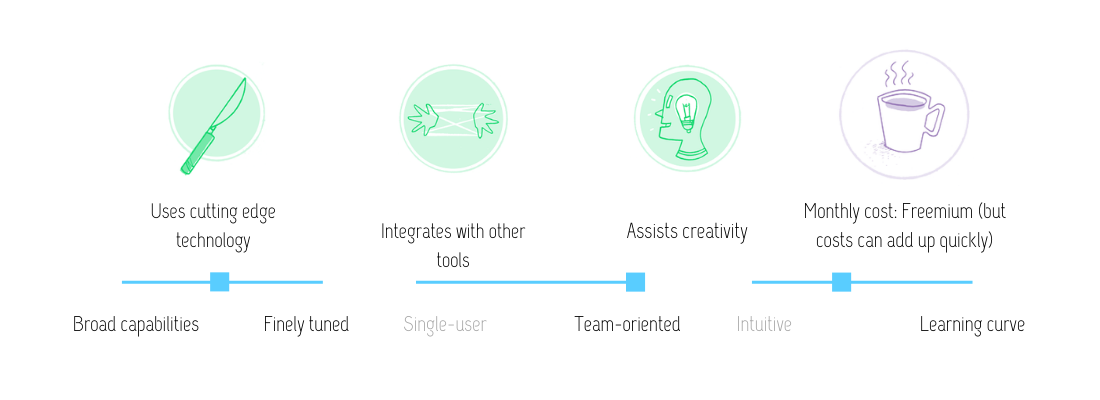This essay originally appeared in CT No.65: The obstacle course of a website redesign along with an essay about the biggest challenges of redesigning The Content Technologist website.
Name a digital fatigue and I’m suffering from it, here in the last two weeks of what has easily been the hardest year of most of our lives. I don’t want to look at my phone anymore, my Insta account has metamorphosed into a mall, I have too many DMs for literally every program, digital conferences are hella stressful and require so much Brin space, and I would prefer a phone call instead of Zoom in almost all cases.
But it’s my job to explore new technology, and I still love so much of it, especially the toys. This week’s review is of a proximity chat app that looks like an early Nintendo game and works like a gamified Zoom session or Discord server mixed with what you thought Second Life might have been but, y’know, kinda fun and way more temporary!
Gather at a glance

I first read about Gather from Janelle Shane and Gretchen McCulloch, who later wrote about her experience with Gather in Wired. McCulloch describes Gather as proximity chat: an app that mimics physical space but is in a virtual environment. You chat with people only when you are near them in a defined virtual space. The virtual space is decked out like a 2D living room.
Gather can host up to 25 attendees for free in a defined room, which is set up with assorted tables and gathering spaces. You can add a “tv” with some YouTube autoplay or link to one of several games — poker, set, Tetris and a kind of external Pictionary. A few more objects are available, and you can decorate your digital dollhouse to your taste before your guests arrive.
If you want to get more serious about it, you can adopt one of the multi-room “conferences,” where attendees can flit from the tradeshow floor to educational content with just a few downward taps. Add conference posters, video presentations, shared documents, whiteboards or other collateral objects to the mix. There’s even a “beach conference” setup, where you can set up tradeshow-style tables by the 16-bit sea.
Guests create an avatar and move around the room with arrow keys. When you’re relatively near someone in the room, you’ll see their video and hear their voices.
The platform is set up so enterprise businesses can build a “town” or even host a room where employees can drop in at any time. I don’t know that I’d encourage that from enterprises because it would get old and un-fun really quickly.
But it’s great for hosting events where you want to encourage mingling and small-group socializing. As with any chat app, there are text chat and hand-raise functions.
I’d recommend hosting an event in Gather if:
- Your team knows each other well and is comfortable with some tech experimentation
- You’ve worked with a team virtually all year but you’ve never actually talked with them like people — and you’d like to get to know them better or rekindle old camaraderie
- You want to throw an appreciation event for your audience or customers (aka future Content Innovators Happy Hours)
- You know that attendees won’t mind futzing with a new system that has a few (but not many!) quirks
- You sometimes wish work could be more like Animal Crossing
Chatting with my friends via Gather last week made me giddy and hopeful about the next few months of virtual events. As we move into the (final? Please let it be final) of our socially distanced lives, tools like Gather can make our interactions just a little more humane.
Hand-picked related content








